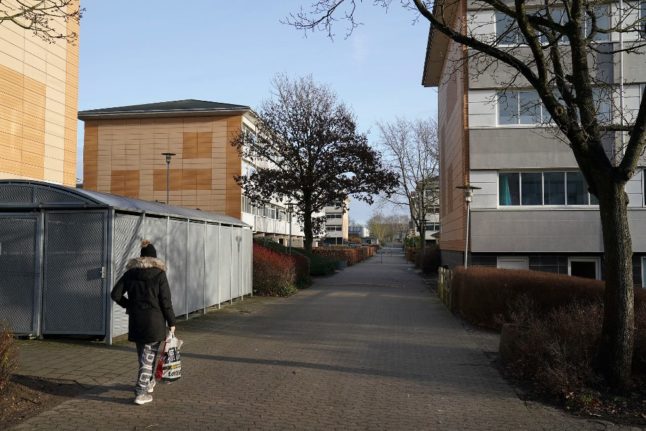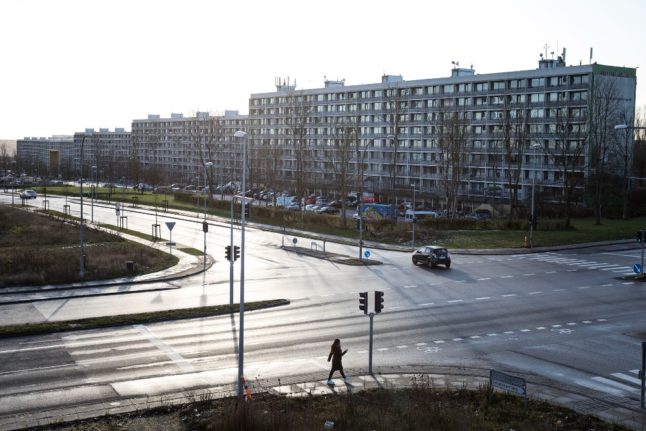The number of parallel societies increased from 10 to 12, the first increase for three years, the new list released by the Danish Housing Ministry shows.
Three new areas have been added to the list while one which was on the 2022 list has been removed.
The three additions are Vejleåparken in Ishøj, Skovgårdsparken in Aarhus and Motalavej in Slagelse.
Mjølnerparken in Copenhagen, the housing area sometimes featured in international reporting as an example of a Danish “ghetto”, has been removed from the list.
The rubbing of Mjølnerparken from the parallel societies list means there are no longer any housing areas anywhere in Copenhagen which fulfil the parallel society criteria.
The terms ‘parallel society’ and ‘vulnerable housing areas’ (udsatte boligområder) are now used instead of ‘ghetto’ in the government’s official descriptions, after the latter word was scrapped in 2019 because it was considered to be derogatory towards marginalised areas.
Another term, ‘redevelopment area’ (omdannelsesområde) replaced ‘hard ghetto’, used for areas which have been on the parallel societies list for five consecutive years.
The lists are important because included areas can be subject to special treatment under Danish laws, including obligations to redevelop areas which can involve forcing residents to move and converting a proportion of regular housing to elderly or student housing.
READ ALSO: EU court to judge residents’ discrimination case against Danish government
To qualify as ‘parallel societies’, housing areas must have a population of more than 1,000 people, of which more than half are of “non-Western” origin, and must fulfil two of four criteria. For areas with fewer than 50 percent ‘non-Western’ populations, the term ‘vulnerable area’ is used instead.
Areas that fulfil the criteria are then required to take measures to combat parallel societies under a 2018 law originally titled the “Ghetto Law”.
The four criteria are: more than 40 percent of residents are unemployed; more than 60 percent of 39-50 year-olds do not have an upper secondary education; crime rates three times higher than the national average; residents have a gross income 55 percent lower than the regional average.
In addition to redevelopment obligations, areas on the list can be subjected to special treatment under the law, including stricter punishments for specified crimes and a requirement for small children to attend daycare.
The 2023 list as well as a list of areas which have been removed from past lists can be found on the Housing Ministry website.
While the total number of areas on the list is up, the ministry said in the statement that the overall picture for marginalised areas is one of improvement.
That is because the majority of areas have seen improvements in income levels, education levels and crime rates.
“That there are more housing areas on the lists shows that housing organisations and municipalities must stay on course, using the resources of the laws actively and sometimes make difficult decisions,” Housing Minister Pernille Rosenkrantz-Theil said in the statement.
The list of underprivileged housing areas is updated every year on December 1st.



 Please whitelist us to continue reading.
Please whitelist us to continue reading.
Member comments